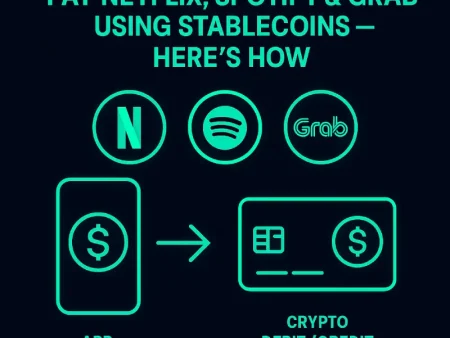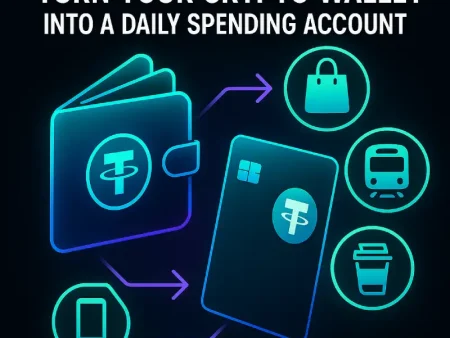

Bitcoin may have started the crypto revolution, but it’s stablecoins like USDT and USDC that are quietly transforming the way we bank, save, and spend.
They don’t make headlines for mooning, but they bridge crypto and real-world finance in ways Bitcoin simply can’t. Here’s why stablecoins—not Bitcoin—are the real future of everyday banking.
🏦 1. Stability Wins Over Volatility
Bitcoin’s price can swing 5–10% in a single day. That’s great for traders, but terrible for buying groceries, paying bills, or setting a monthly budget.
Stablecoins are pegged to fiat (usually the U.S. dollar), offering predictable value, which is essential for:
Salaries & invoicing
Subscriptions
Long-term savings
Business operations
In real-world banking, stability = trust — and that’s exactly what stablecoins provide.
🌍 2. Instant, Borderless Banking
Traditional bank wires can take days and cost hefty fees — especially cross-border.
With stablecoins like USDT (TRC20) or USDC, transactions settle in seconds, for pennies.
No banks
No waiting hours
No weekend delays
No FX conversions between countries
This makes stablecoins ideal for freelancers, global teams, travelers, and people in emerging markets.
🔐 3. Bank-Like Features Without the Bank
With the rise of crypto cards, yield-generating wallets, and DeFi protocols, stablecoins now offer many services we expect from banks:
Spending via Visa/Mastercard
Earning yield instead of interest
Peer-to-peer transfers
Savings with programmable automation
And they do it without middlemen, paperwork, or branch visits.
💳 4. Spendable Everywhere
Thanks to crypto debit cards, you can now use USDT or USDC to:
Pay at restaurants
Shop online
Subscribe to Netflix
Book flights and hotels
These cards convert stablecoins to local currency at checkout, making stablecoins as usable as cash, even if the merchant doesn’t accept crypto directly.
🧾 5. Bitcoin Can’t (Yet) Compete
Bitcoin remains a valuable store of value and investment asset — like digital gold. But for daily banking and commerce, it falls short:
Slow transaction times
High fees
Volatile price swings
Poor scalability without Layer 2
Stablecoins are faster, cheaper, and more user-friendly, especially for average consumers.
🚀 Final Thoughts
The future of crypto banking isn’t wild speculation — it’s stable, transparent, and global.
Stablecoins are doing what Bitcoin promised — but never quite delivered — for everyday users.
So while Bitcoin may dominate headlines and portfolios, stablecoins are quietly becoming the foundation of next-gen banking.



